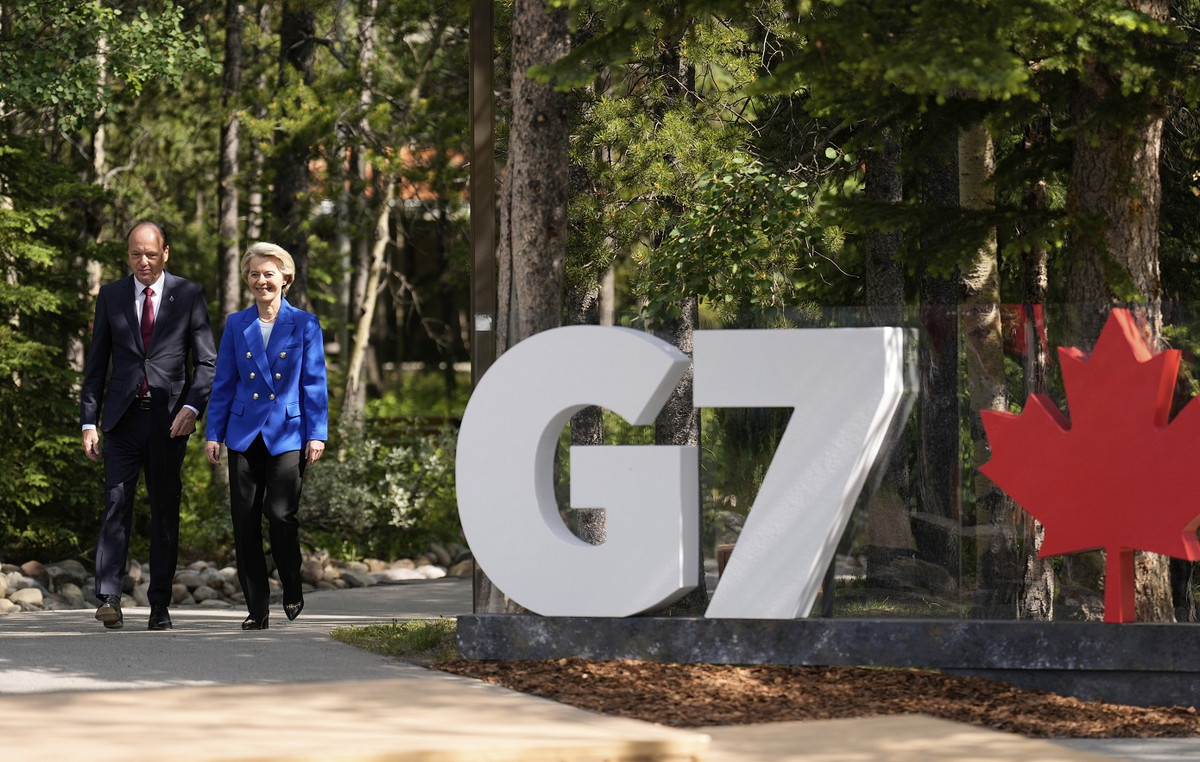- USD/JPY falls due to a slight correction in the US Dollar.
- S&P Global’s preliminary US PMI for October beat projections.
- Investors doubt whether the BoJ will raise interest rates again in the remainder of the year.
The USD/JPY pair falls near 152.00 in the North American session on Thursday after reaching a 12-week high near 153.20 on Wednesday. A slight correction in the asset is purely driven by a temporary pause in the US Dollar (USD) recovery for a while.
The Dollar Index (DXY), which tracks the value of the Dollar against six major currencies, corrects near 104.20 after revising the August high of 104.50.
The dollar remains near its intraday low, although preliminary S&P Global PMI data for October has exceeded expectations. The report showed that activities in the services sector expanded at a surprisingly faster pace than expected to 55.3. Economists expected the services PMI to grow at a slower pace to 55.0 from 55.2 in September. Meanwhile, the manufacturing PMI contracted for the fourth consecutive month, but at a slower than expected pace to 47.8.
Meanwhile, the outlook for the US dollar remains firm as the Federal Reserve (Fed) is expected to continue the path of cutting interest rates at a moderate pace. Furthermore, growing uncertainty over the US presidential election has enhanced the appeal of the US dollar as a safe haven.
In the Tokyo region, investors doubt whether the Bank of Japan (BoJ) will raise interest rates again after a slightly dovish guidance from Governor Kazuo Ueda. “When there is great uncertainty, you generally want to proceed cautiously and gradually,” Ueda said on Wednesday, Reuters reported. Ueda’s comments also indicated that the BoJ needs more time to gain confidence that inflation will sustainably reach the 2% target.
The Japanese Yen FAQs
The Japanese Yen (JPY) is one of the most traded currencies in the world. Its value is determined broadly by the performance of the Japanese economy, but more specifically by the policy of the Bank of Japan, the differential between the yields of Japanese and US bonds or the risk sentiment among traders, among other factors.
One of the mandates of the Bank of Japan is currency control, so its movements are key for the Yen. The BoJ has intervened directly in currency markets on occasion, usually to lower the value of the Yen, although it often refrains from doing so due to the political concerns of its major trading partners. The BoJ’s current ultra-loose monetary policy, based on massive stimulus to the economy, has caused the depreciation of the Yen against its main currency pairs. This process has been exacerbated more recently by a growing policy divergence between the Bank of Japan and other major central banks, which have opted to sharply raise interest rates to combat decades-old levels of inflation.
The Bank of Japan’s ultra-loose monetary policy stance has led to increased policy divergence with other central banks, particularly the US Federal Reserve. This favors the widening of the spread between US and Japanese 10-year bonds, which favors the Dollar against the Yen.
The Japanese Yen is often considered a safe haven investment. This means that in times of market stress, investors are more likely to put their money in the Japanese currency due to its supposed reliability and stability. In turbulent times, the Yen is likely to appreciate against other currencies that are considered riskier to invest in.
Source: Fx Street
I am Joshua Winder, a senior-level journalist and editor at World Stock Market. I specialize in covering news related to the stock market and economic trends. With more than 8 years of experience in this field, I have become an expert in financial reporting.







